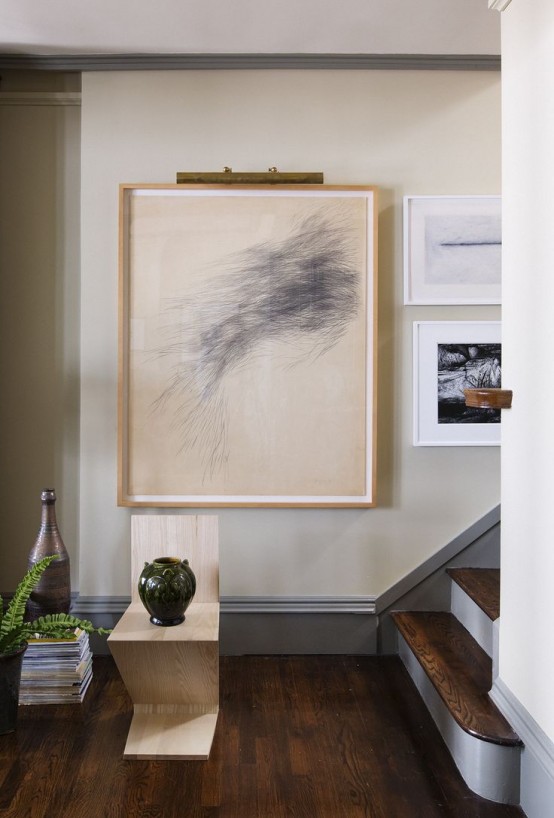

Walking across rooms, teleporting through doors, peering around corners – it’s all possible with a fully tracked roomscale experience.

Users have the freedom to explore a building at their own pace, to understand how it will feel and function. The feeling of presence – of existing inside the 3D model – is quite incredible. Architects, engineers and clients alike can experience a realistic virtual prototype of a building long before it is built.Ī fully immersive VR experience gives you a sense of scale, depth and spatial awareness that simply cannot be matched by a rendering, walkthrough or physicalscale model. To add simply click Create > Text > Label then add the parameter to the label parameters and you are good to go.Virtual Reality (VR) is one of the most exciting technologies to hit the AEC market in years. I like to keep this information along the left side of the page so when you print hard copies the information does not need to be visible once the drawings are bound.
.jpg)

This feature is especially useful for projects that go on for several years. Once I added these parameters, I fool proofed the reference process so I always know when, where, and what file is being referenced.
Revit print to scale update#
Sometimes you need to make an archive of your Revit model because it was a significant change, or a project milestone was hit, and you occasionally update the current file name. All too often I had a client or contractor send or reference an old set of drawings and, aside from logging the issued date in the file name, I would have the hardest time figuring out when the file was printed or what the original file name was. I could not believe I worked for so long without this feature in my title blocks. The lines should be drawn inside the title block but are set as invisible line types, not turning off the visibility parameter, this way the sheet extents are visible when you hover over the title block inside the project. These are simply good practice so you know the sheet extents when you are modifying or adding information to a title block. Revit detects what view scale has been placed on the sheet just in case your view title does not show the scale. This should be standard with every template. Revit has a built-in grid guide feature in the properties palette but I add lines inside my template, add a visibility instance parameter, so the guides align with my grid sizes, since the x and y axis widths are not the same. It is less visible with a printed set but does help keep your drawings neat and orderly.
Revit print to scale pdf#
I get super annoyed when I tab through a pdf and the plans continue to shift with every page. Two using a grid also helps with drawing alignment on multiple sheets. Firms differ in how prominent the text should be but I like to keep it close to the sheet title and number so anyone will notice it sooner. Create a simple text note, or graphic if you like, and apply a visibility type parameter. Not for constructionĪ must have for all firms, so there is no confusion on what should be used as reference material. For those of you who do not know, when you issue drawings for municipal review it should be numbered while every time you issue drawings for bid/construction it should lettered. Once you pop that bad boy into your title block, every time you place a revision bubble on a sheet the schedule updates with the associated revision phase. I keep my revision schedule simple: Revision number, Revision description, Revision date, in that order Inside the title block family go to View > Create > Revision Schedule. Do yourself a favor and create a revision schedule, not just a text column.
Revit print to scale manual#
I have experience too many old projects that use manual revision schedule updates, either in the title block file or as a text note on the sheet. There are two ways to do this, the easy automated way, or the wrong way.


 0 kommentar(er)
0 kommentar(er)
